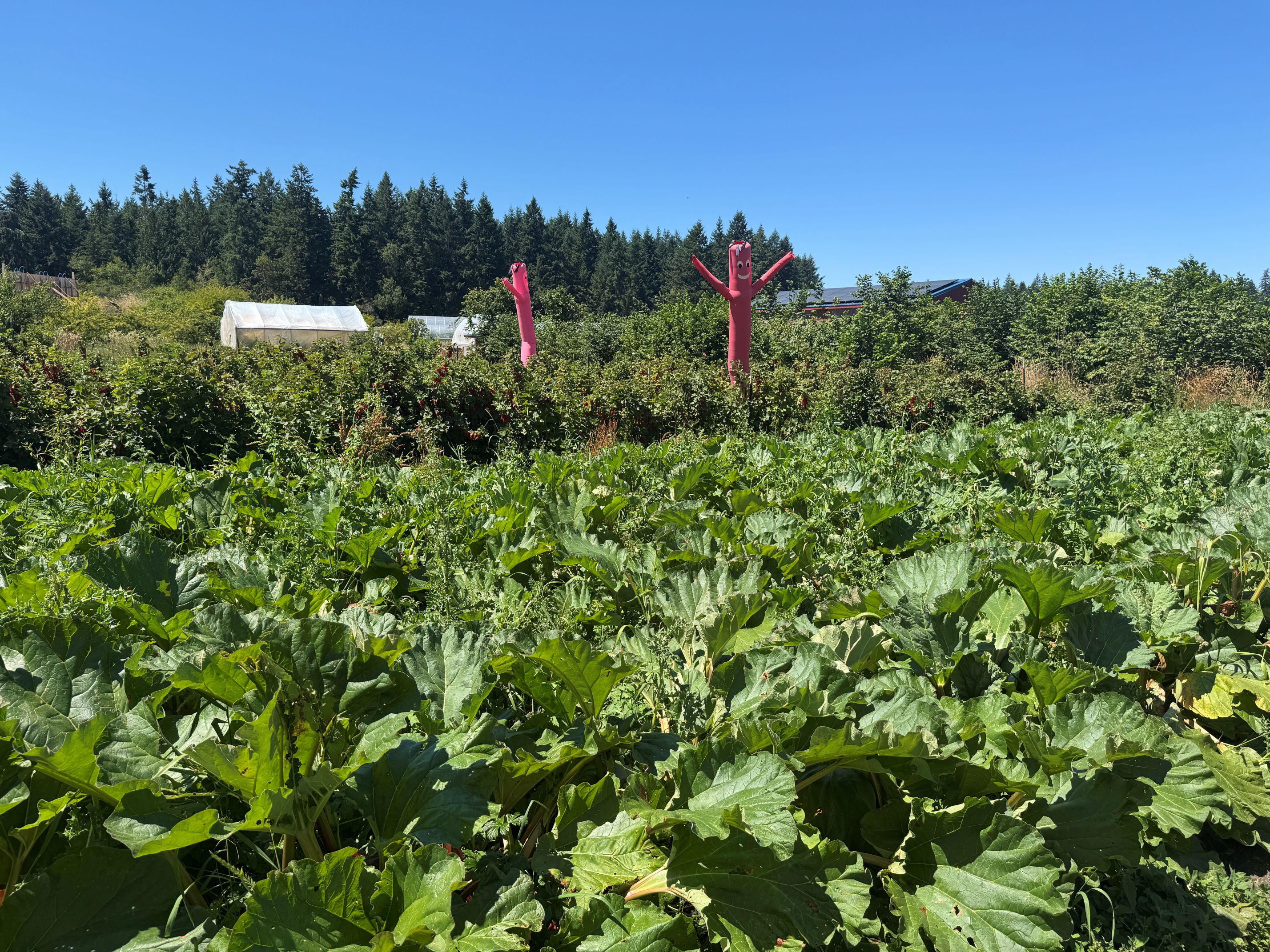At Spring Rain Farm & Orchard, conservation and cultivation go hand in hand. With support from Jefferson County Conservation District, this diversified fruit and vegetable farm has implemented multistory riparian buffers to protect the streams and wetlands running through the property. These buffers—layered with native trees, shrubs, and groundcover—demonstrate how working lands can support habitat while staying productive.
JCCD provided technical guidance and support to help design and install the buffers, which also help reduce erosion, improve water quality, and boost pollinator habitat. In addition to practical conservation solutions, the farm uses inflatable "dancing" figures to keep deer and birds at bay, blending creativity and ecological care.
This partnership shows how farms and conservation districts can work together to protect natural resources while supporting local food systems.


